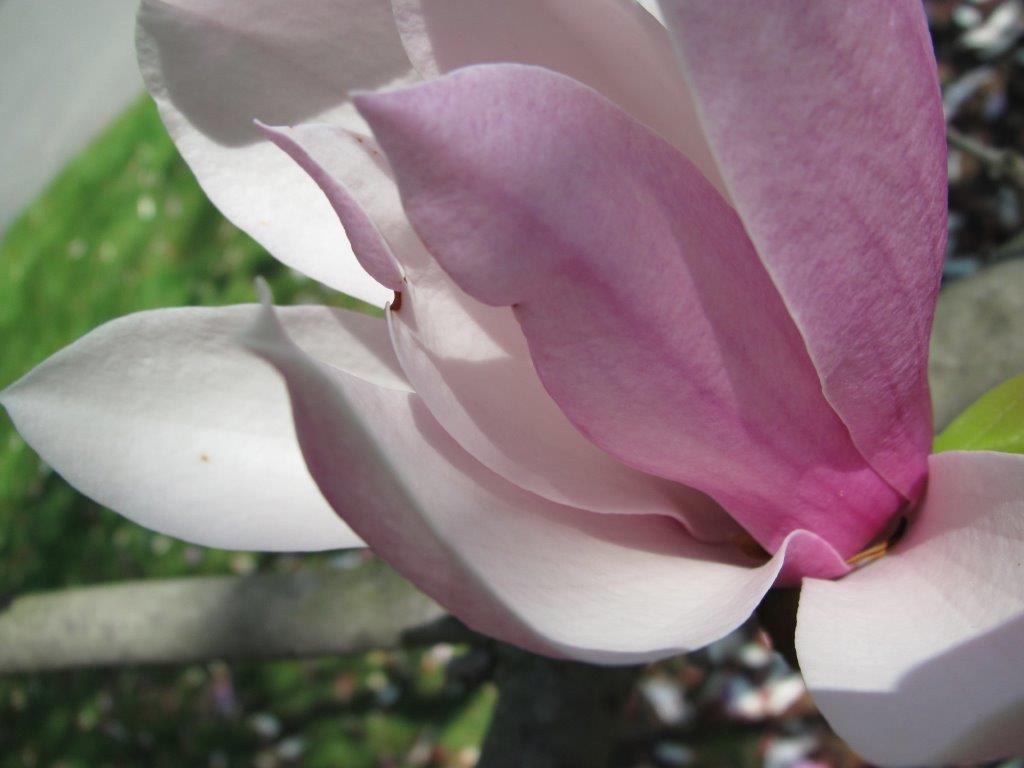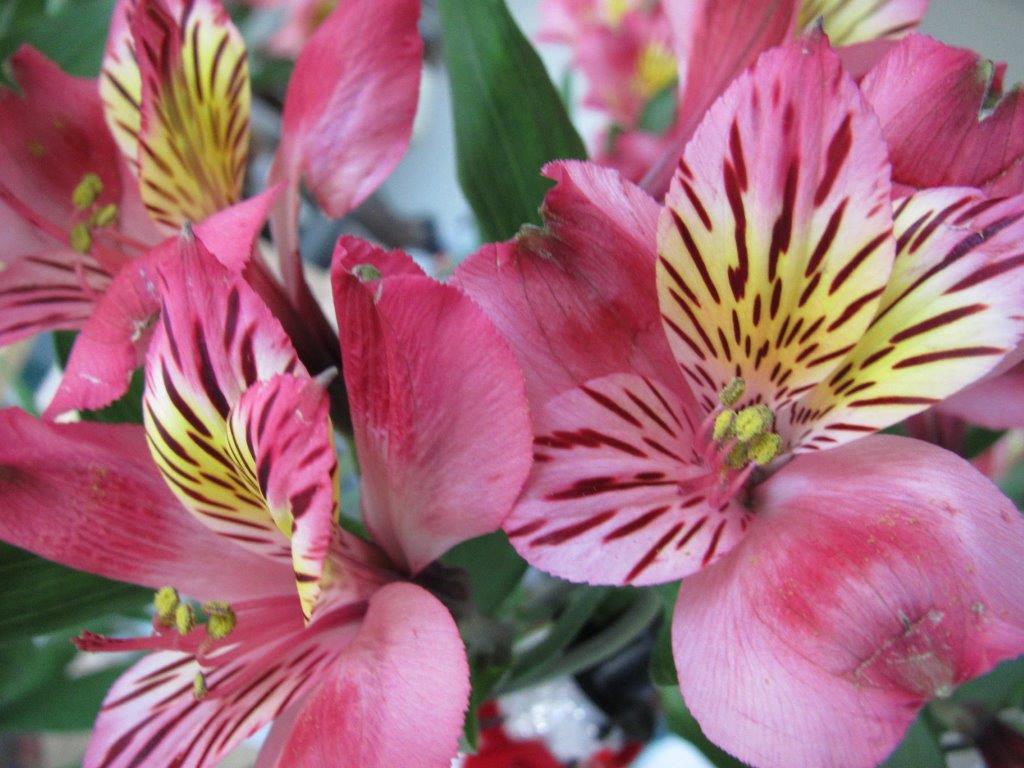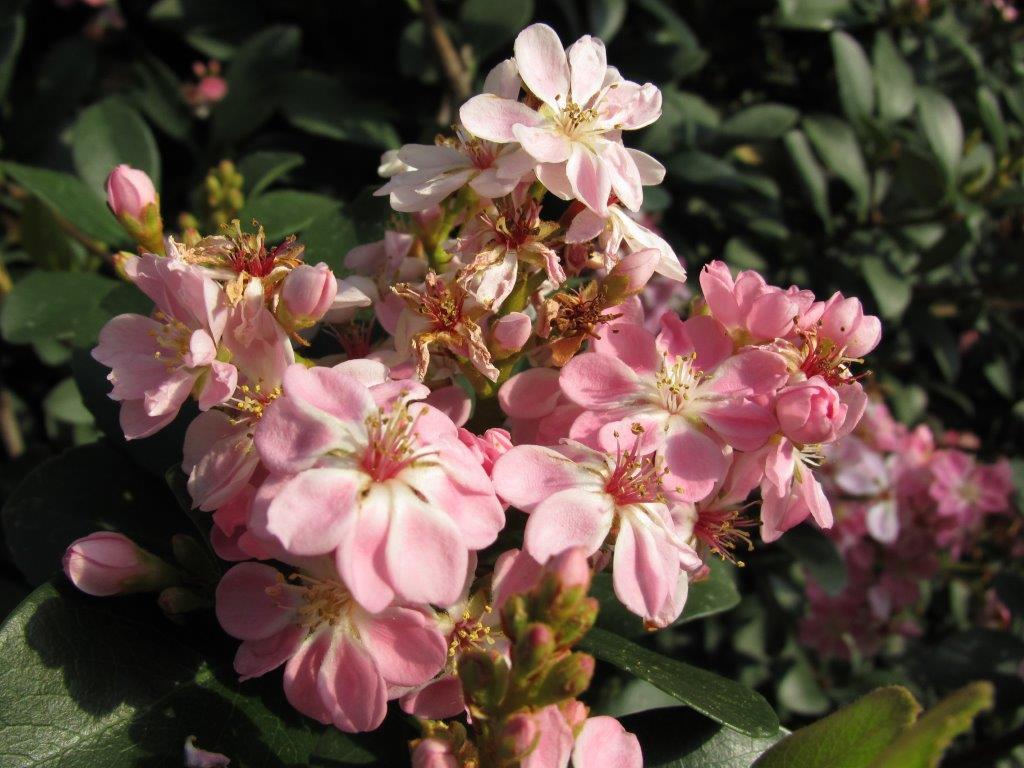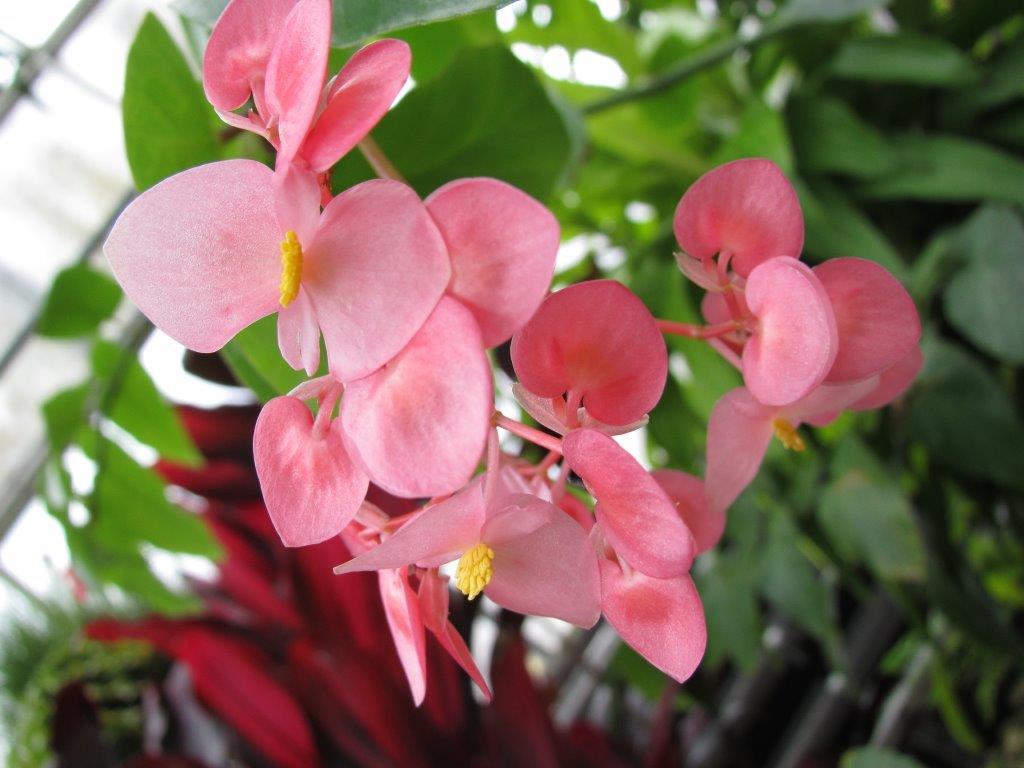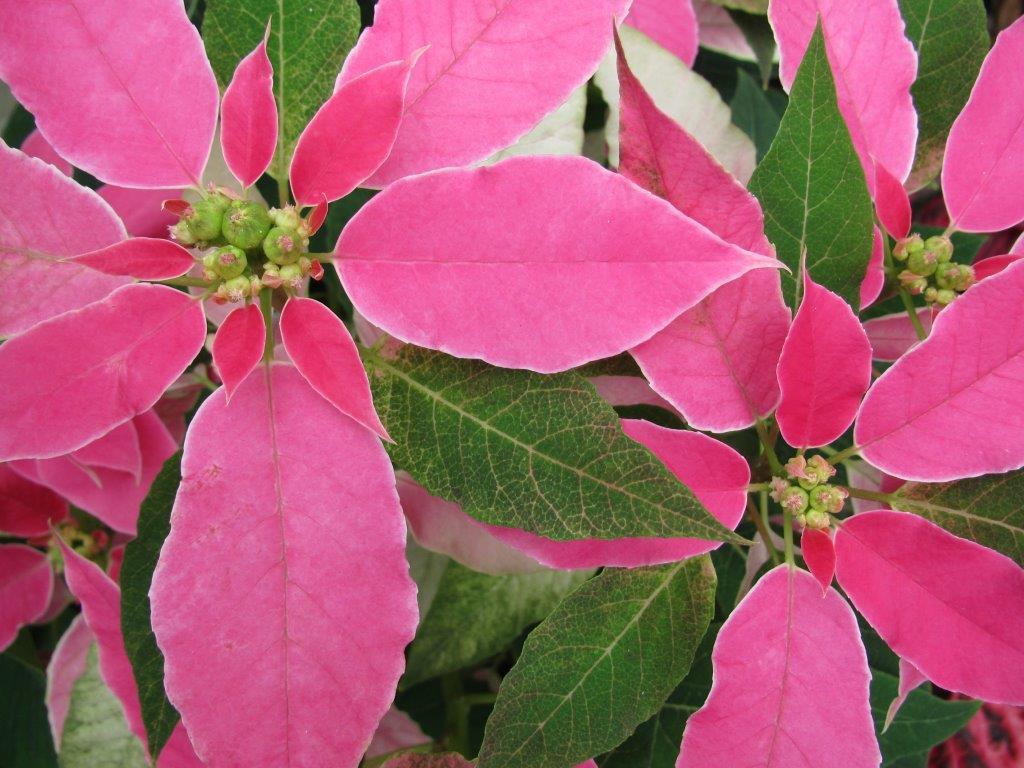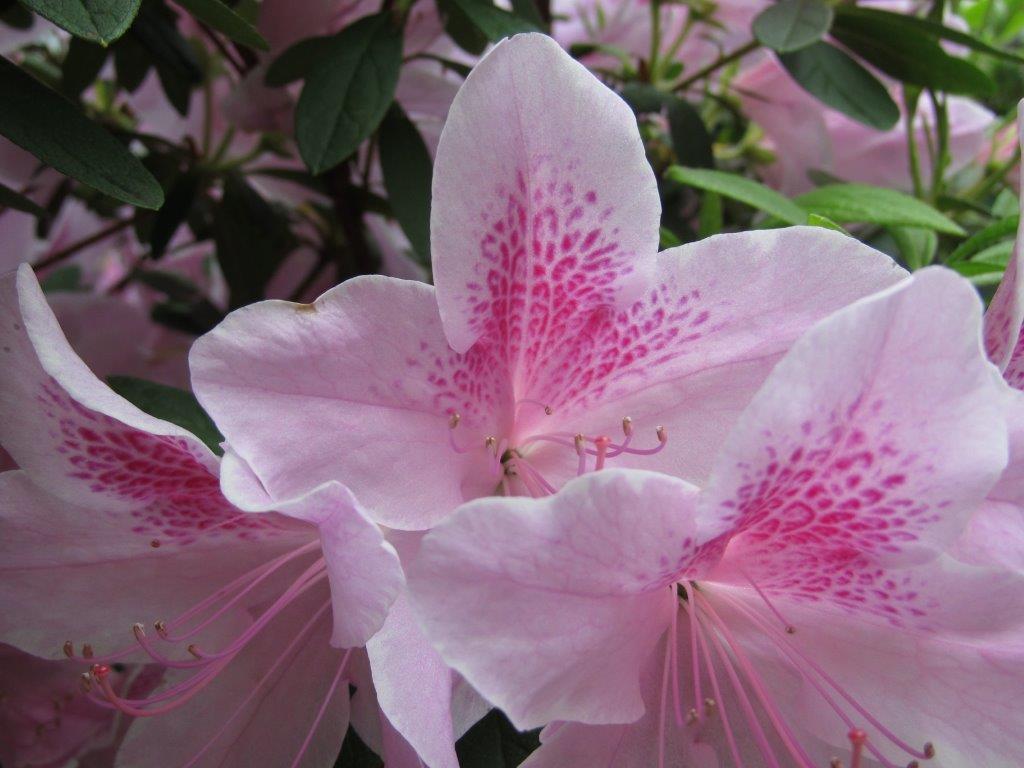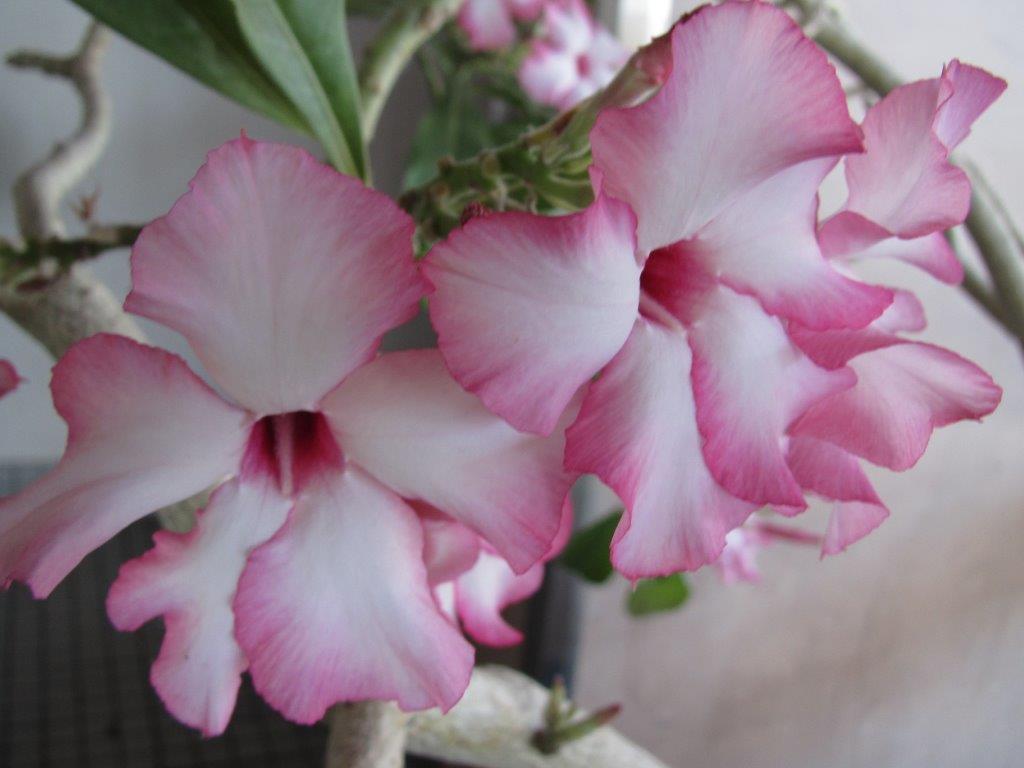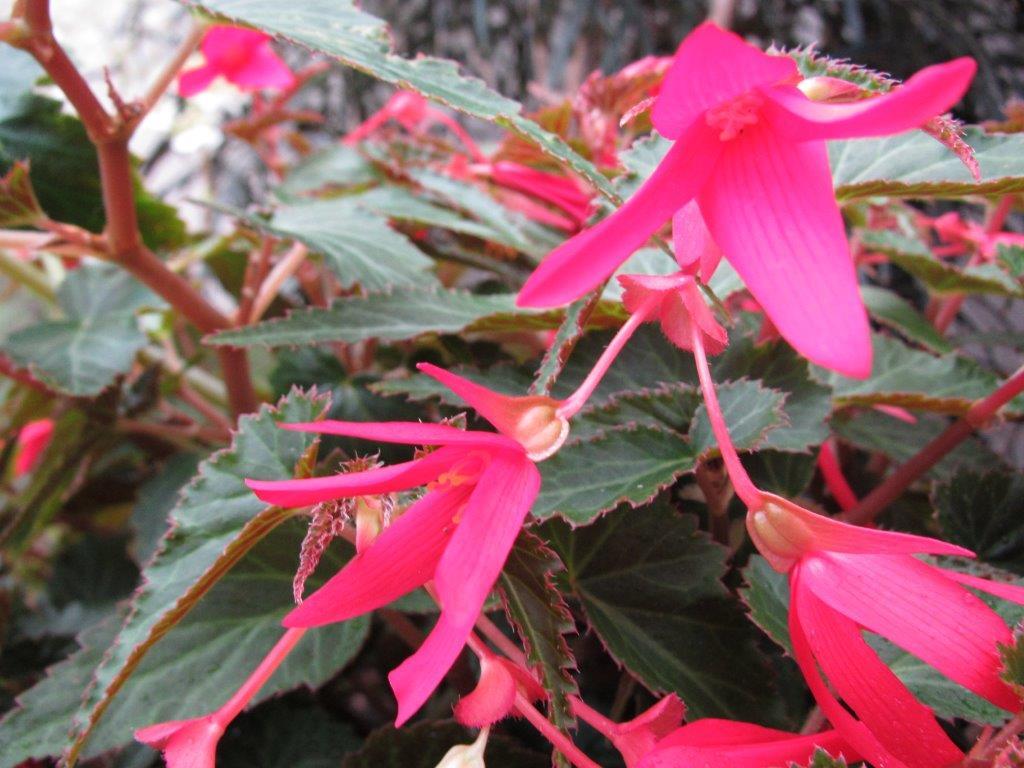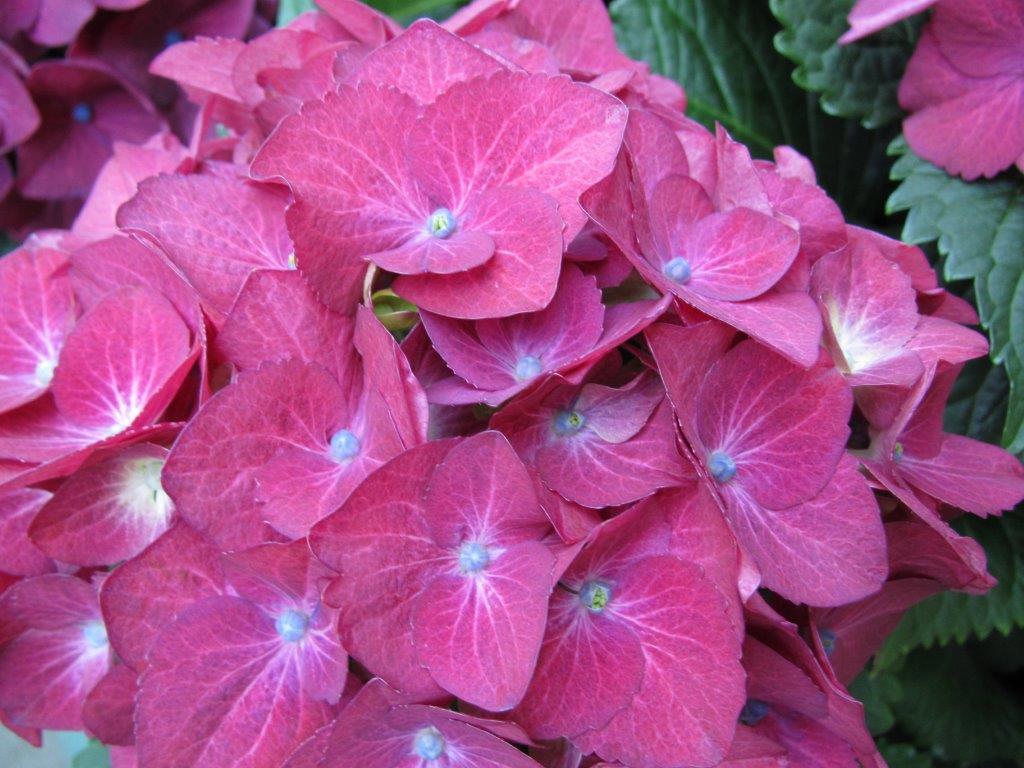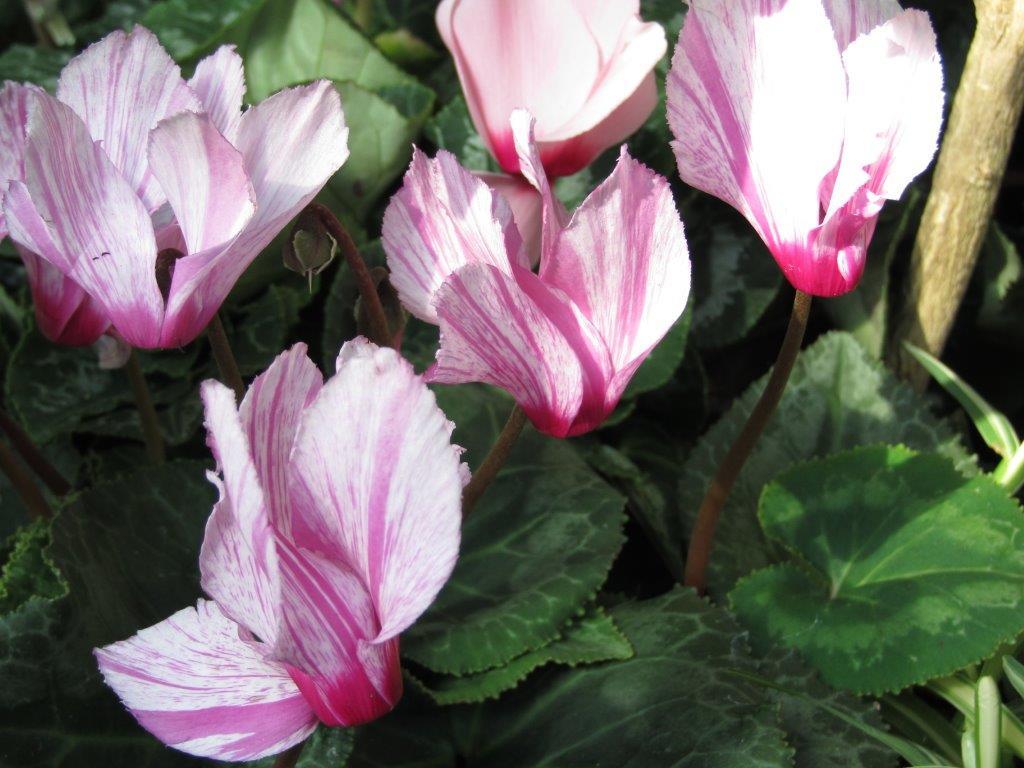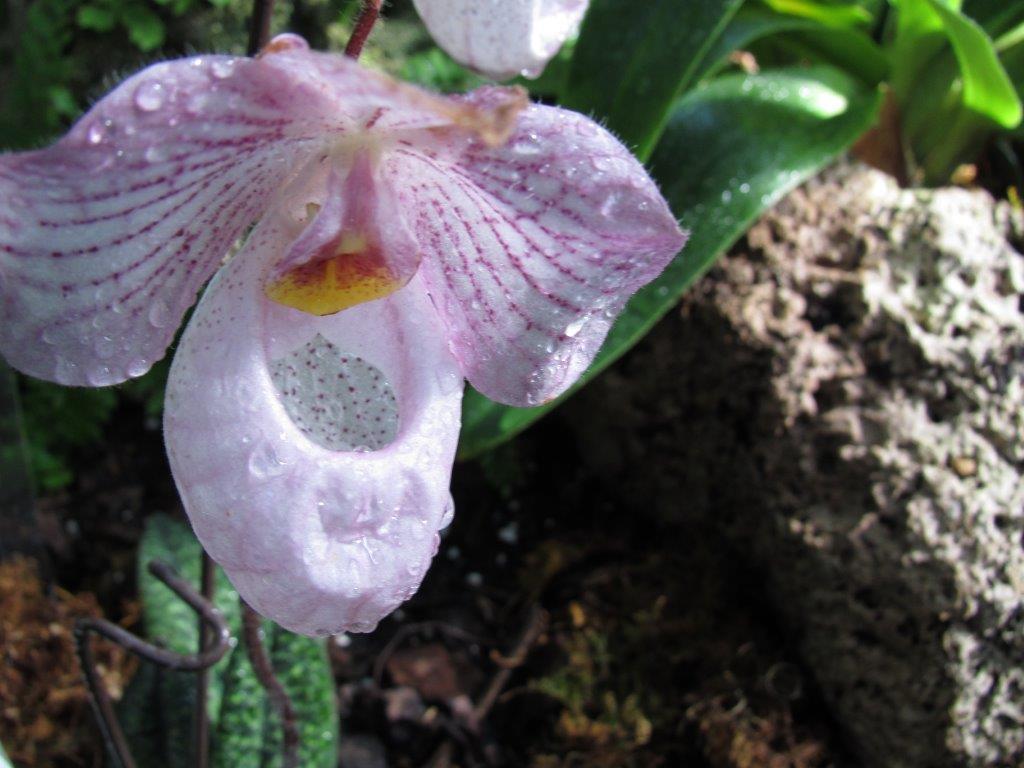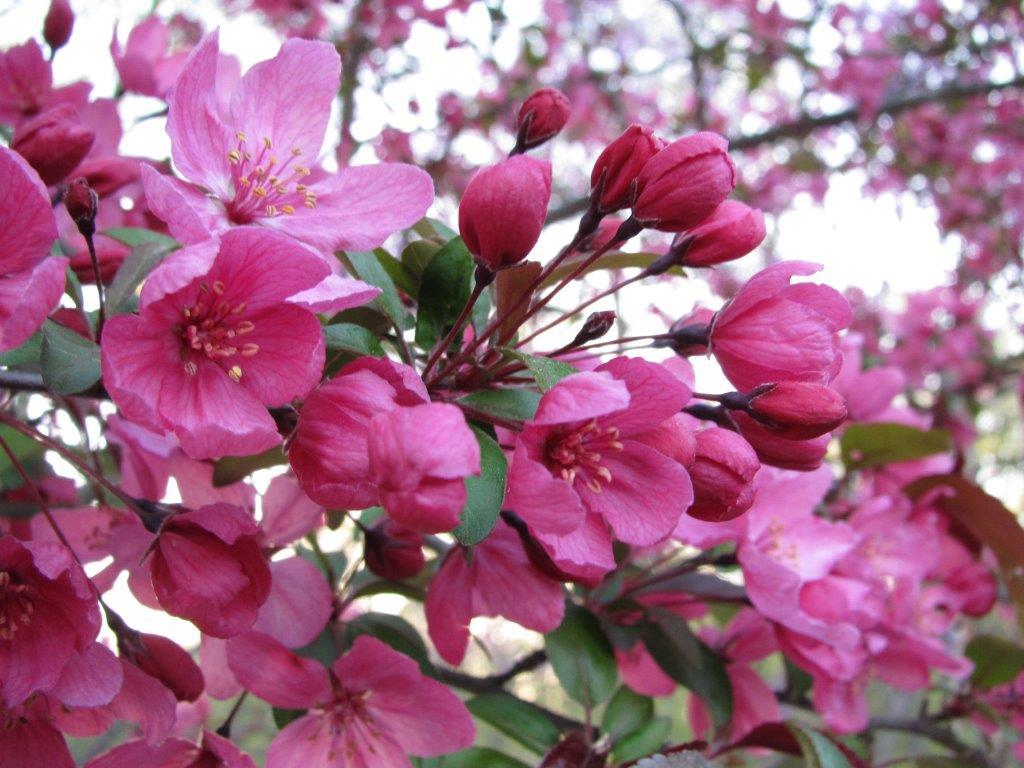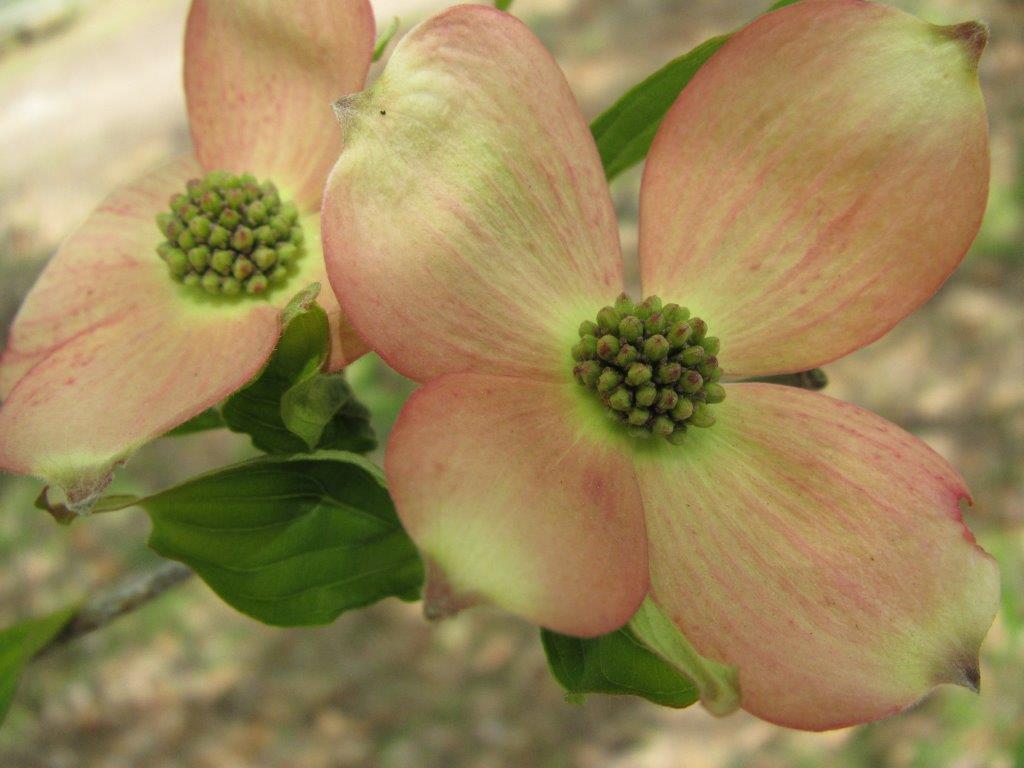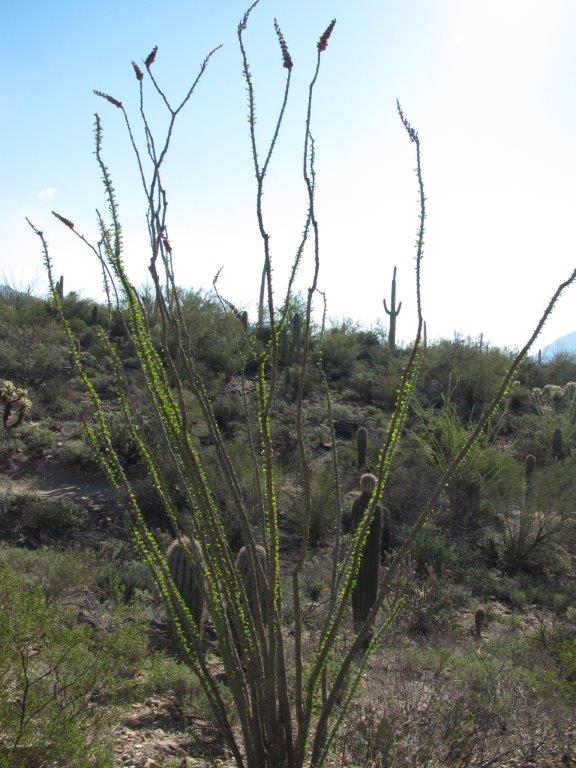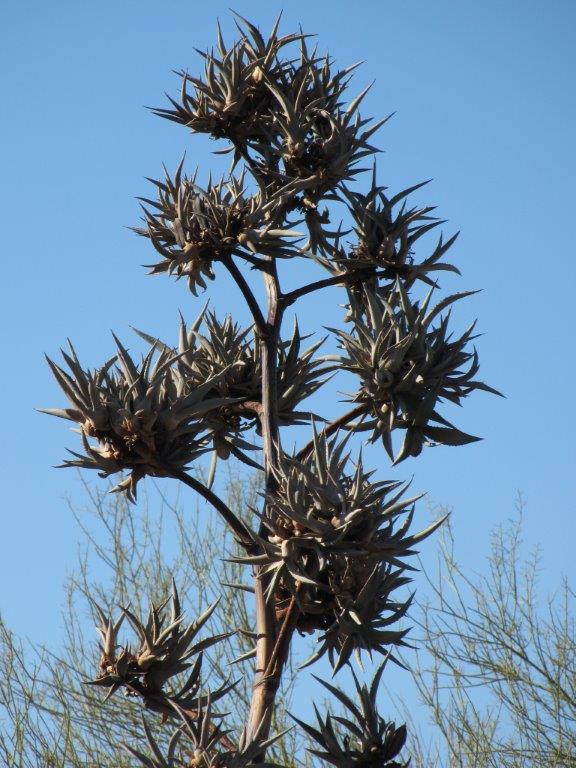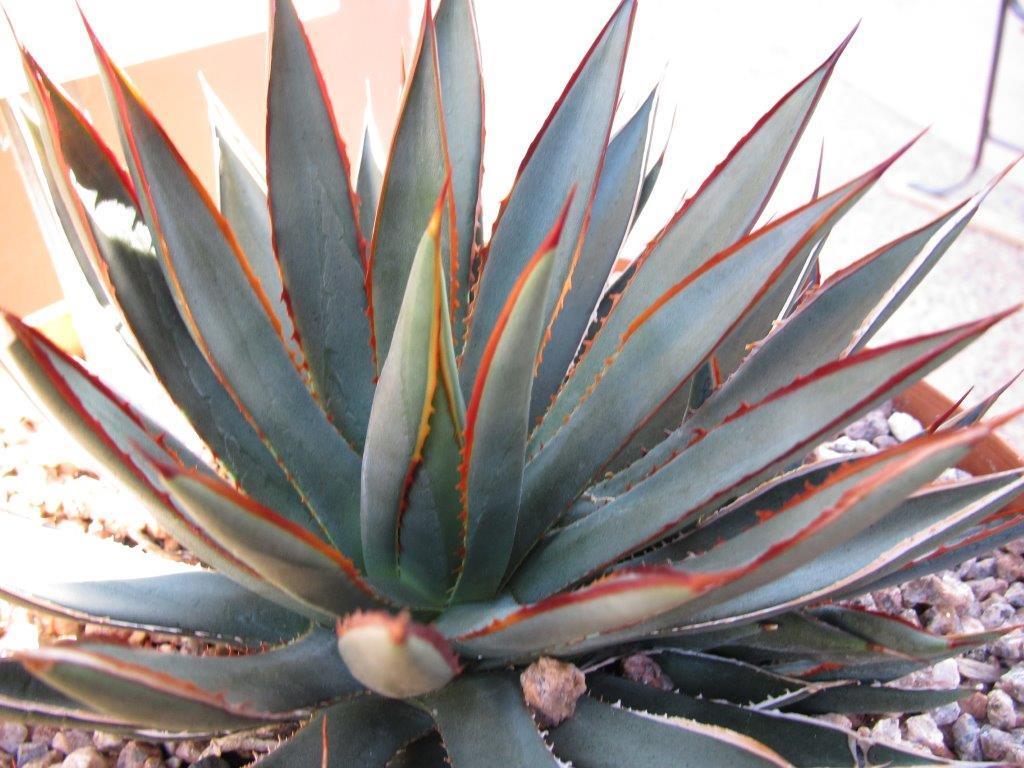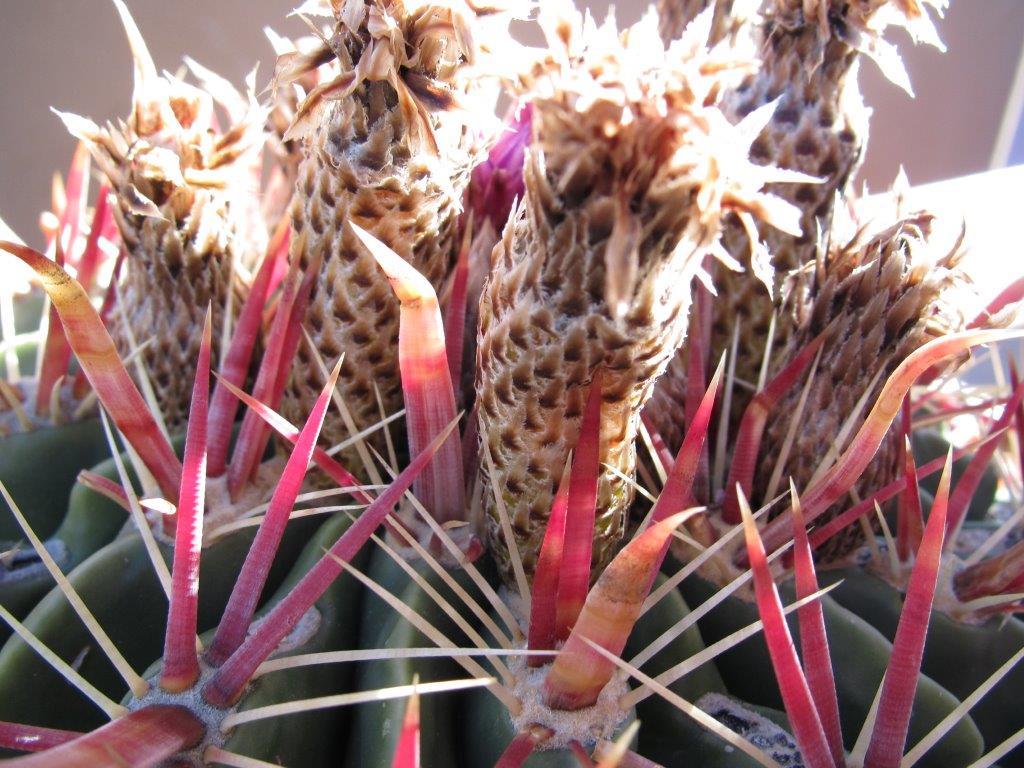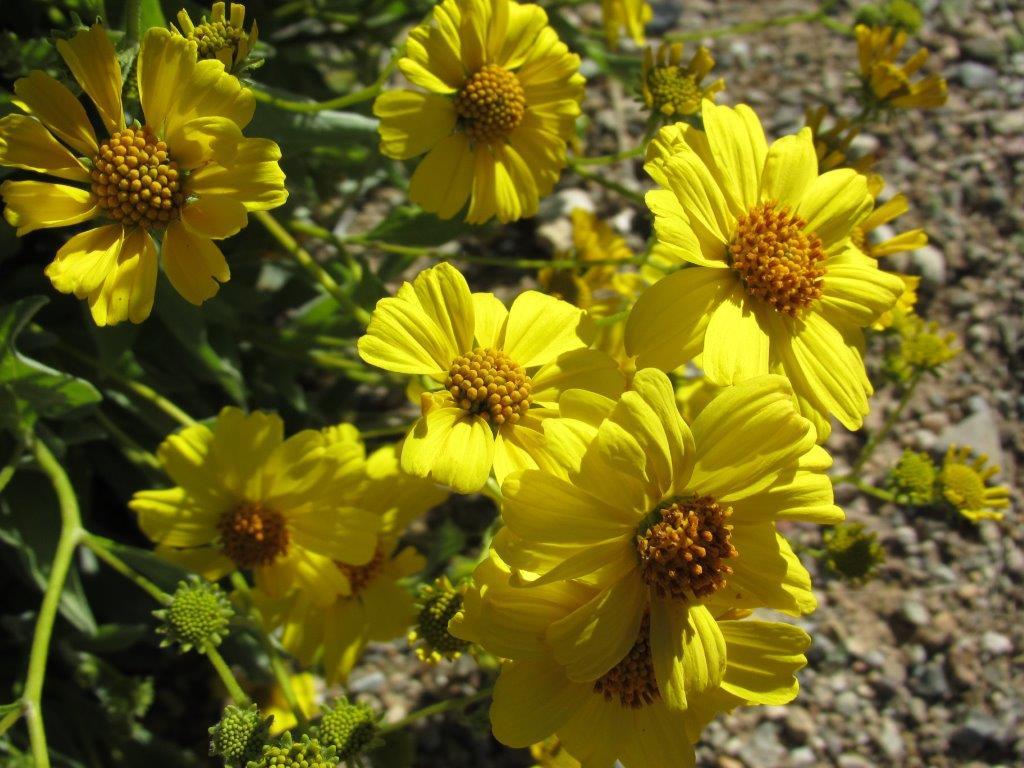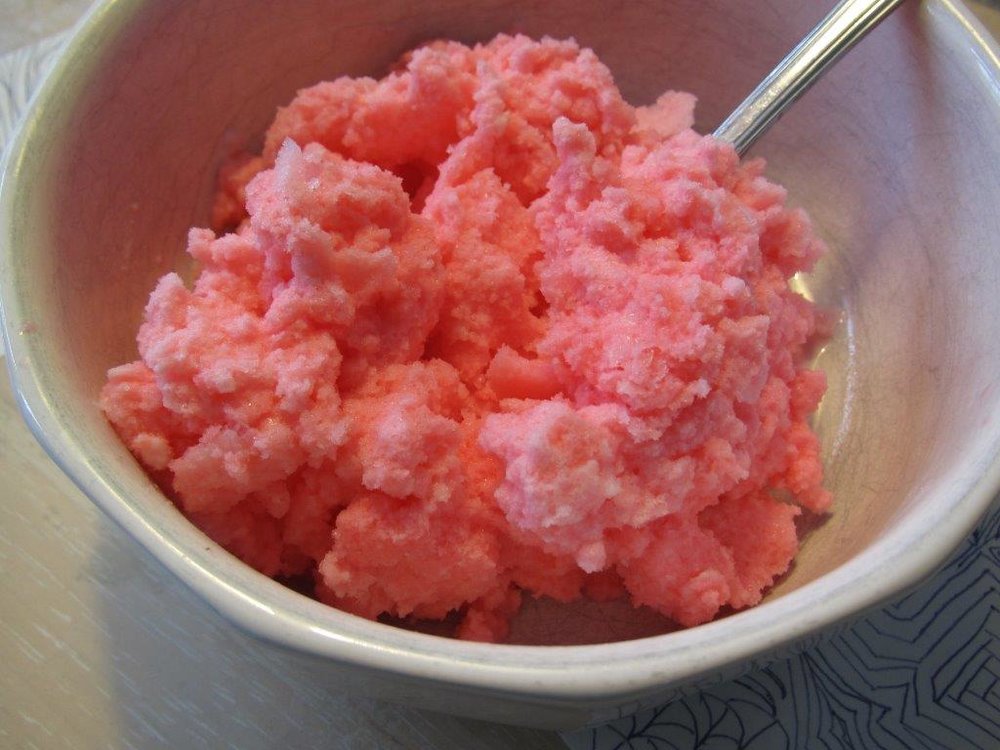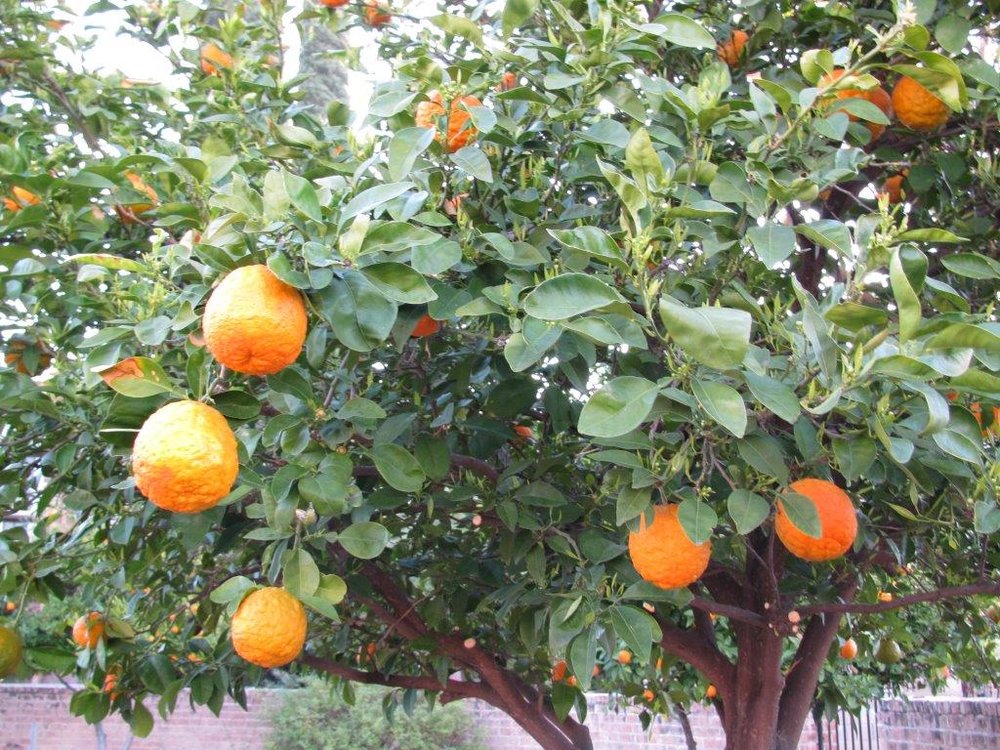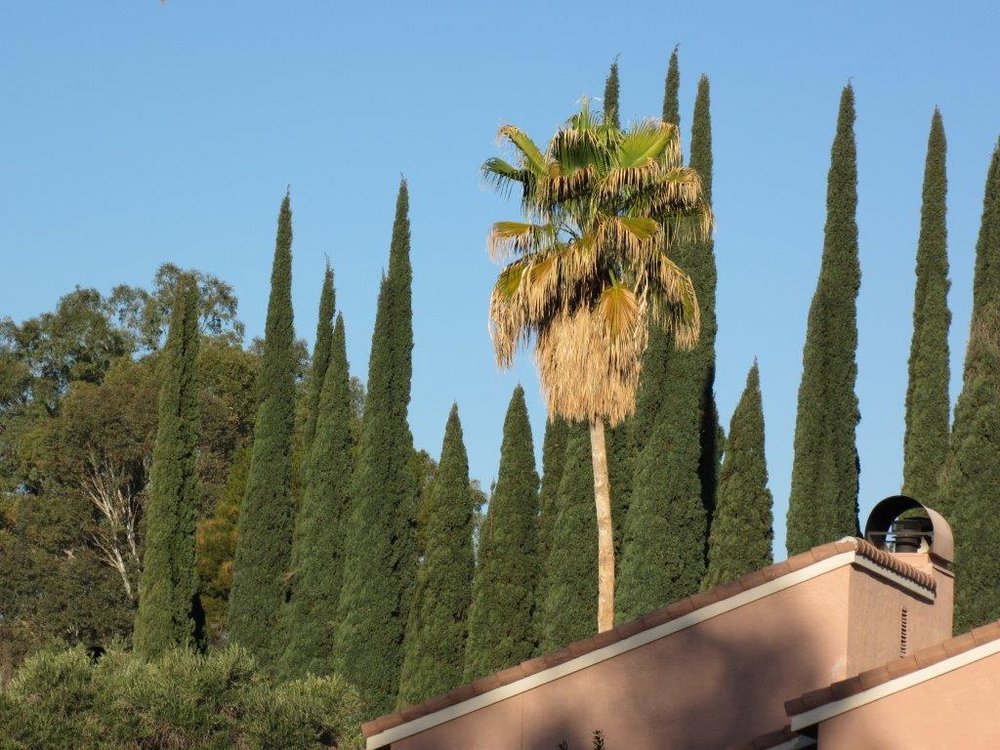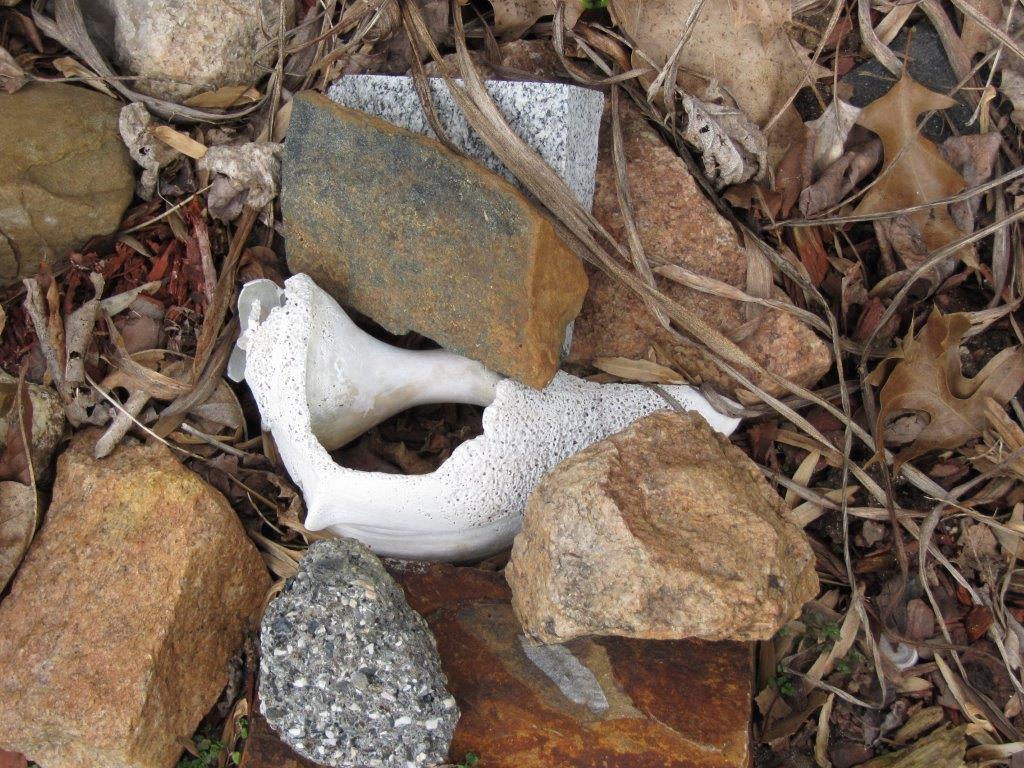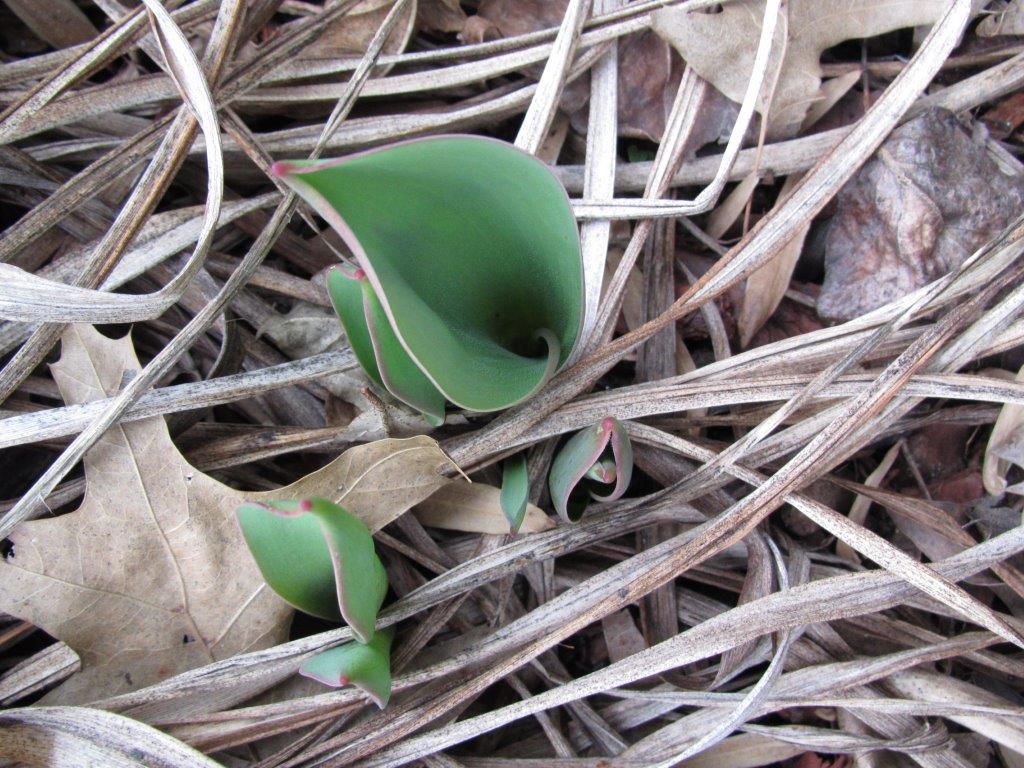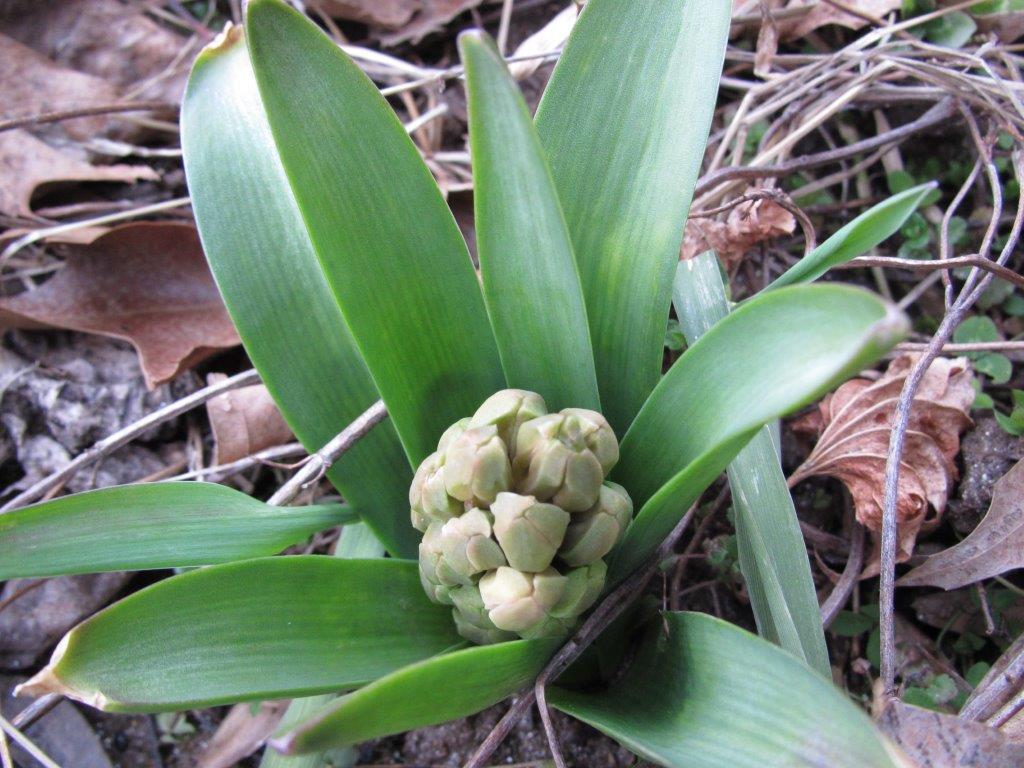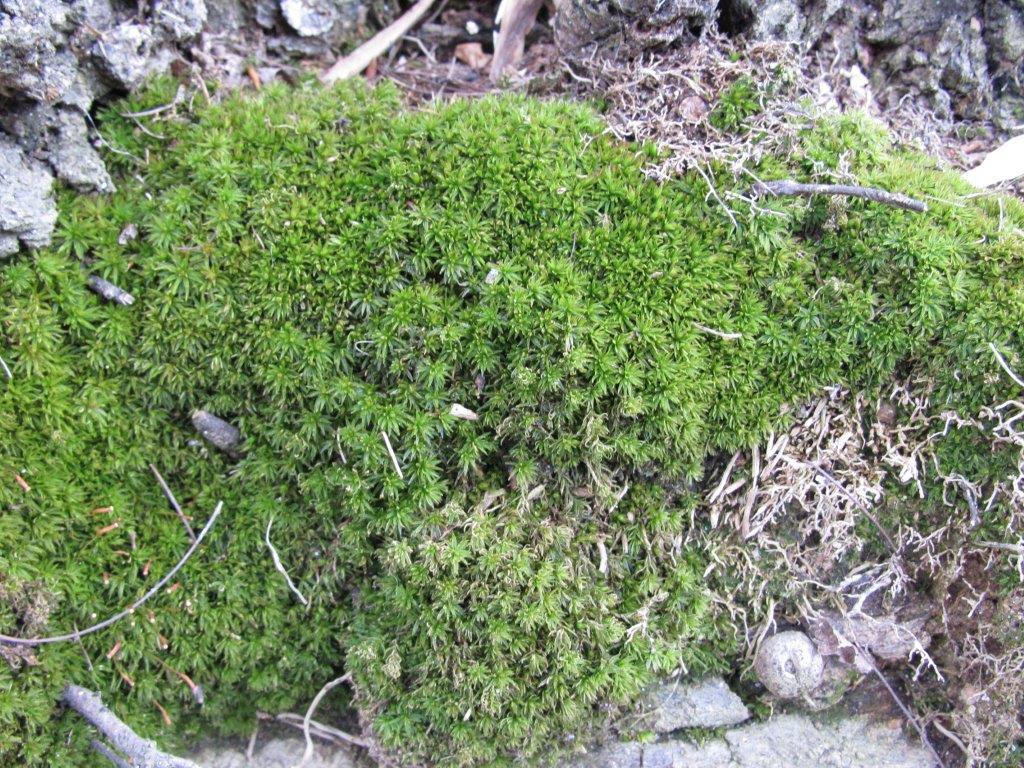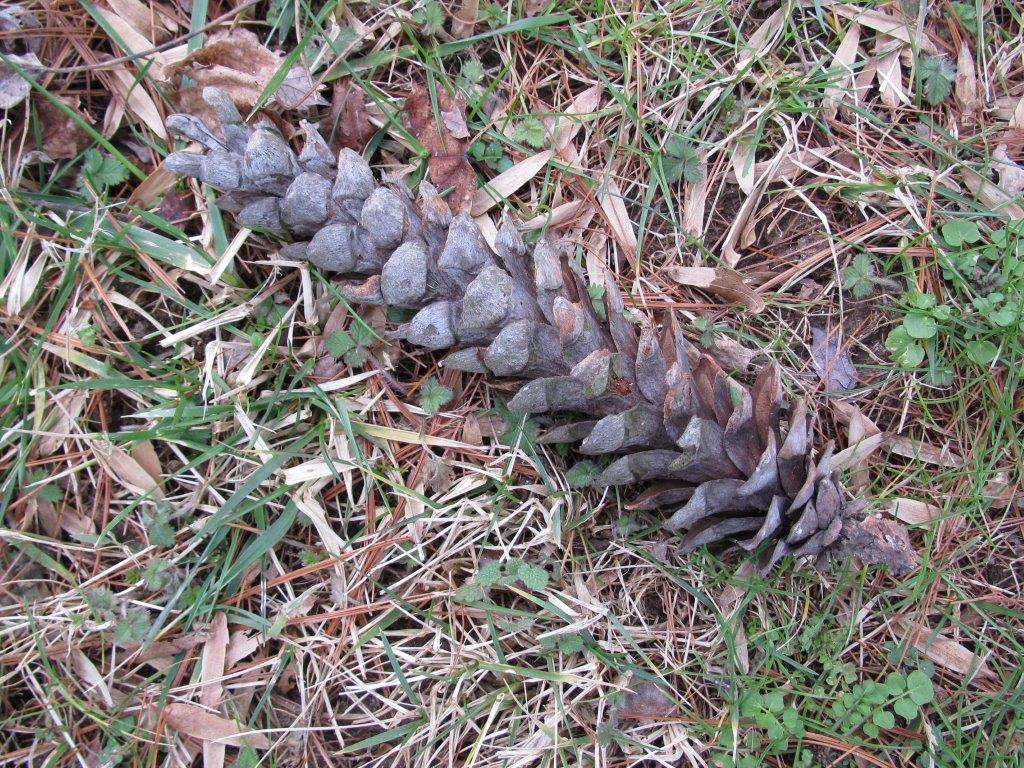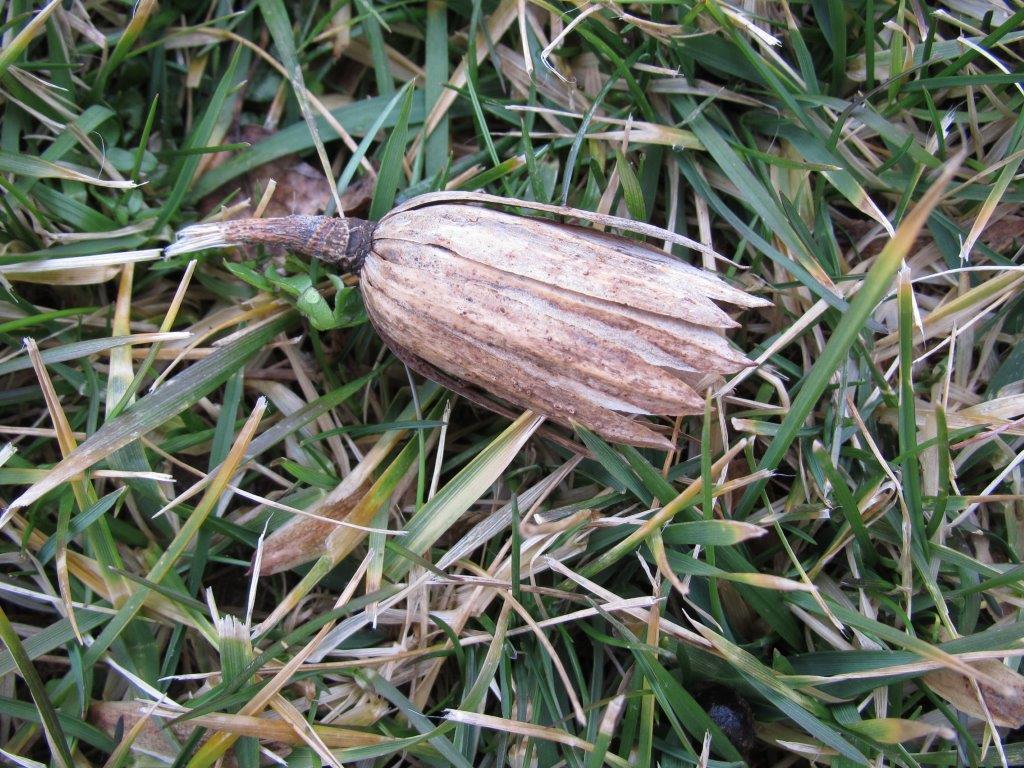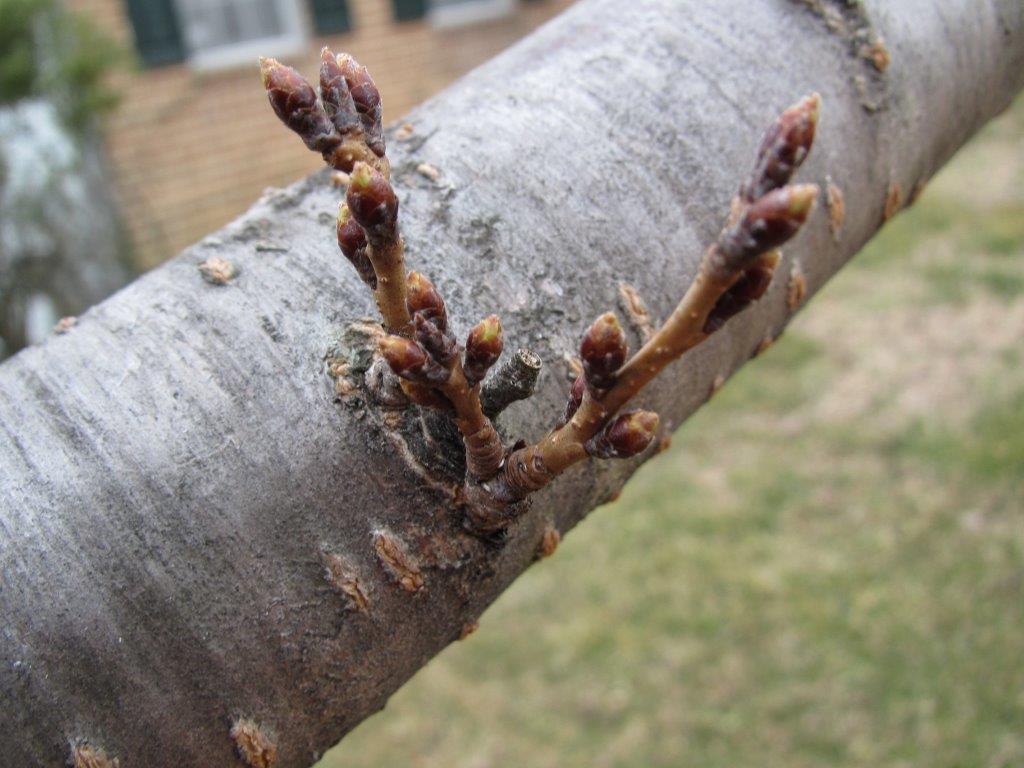The Internet has a growing number of online books…and many of them are free. This is my monthly post highlighting 3 that I have enjoyed most this past month.
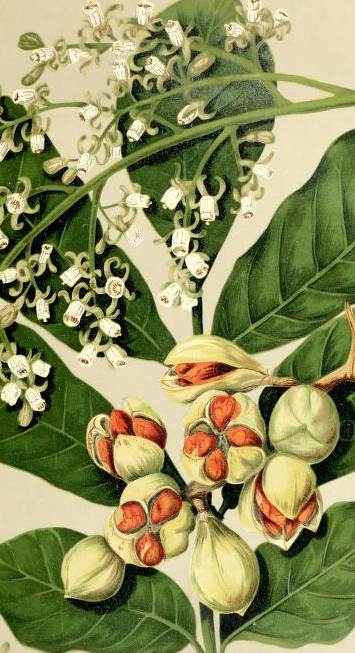 Featon, Edward and Sarah. Art Album of New Zealand Flora. Wellington, New Zealand. Bock & Cousins. 1889. Available in two volumes: one and two. These volumes were the first full-color art book published in New Zealand. Now the botanical art (and the text) are digitized and available on the Internet Archive. A sample clip from one of the pages is to the left.
Featon, Edward and Sarah. Art Album of New Zealand Flora. Wellington, New Zealand. Bock & Cousins. 1889. Available in two volumes: one and two. These volumes were the first full-color art book published in New Zealand. Now the botanical art (and the text) are digitized and available on the Internet Archive. A sample clip from one of the pages is to the left.
The second item on my list this month is a magazine archive rather than a book. I found it when I was looking for resources on the web about May Theilgaard Watts (and about ‘reading the landscape’). Chicago Wilderness Magazine was published from 1997-2009 by Chicago Wilderness (a regional alliance dedicated to protecting nature and enriching life). The archive can be found here. The articles and photographs are focused on the outdoors around Chicago in Wisconsin, Illinois, Indiana, and Michigan.
Toulouse, Pamela Rose. Integrating Aboriginal Teaching and Values into the Classroom. Canada. The Literacy and Numeracy Secretariat and the Ontario Association of Deans of Education. 2008. Available here. This is a research monograph from Canada but broadly applicable to diverse, inclusive classrooms. Who does not want children to learn respect, love, bravery, wisdom, humility, honesty, and truth? The site includes other education/teaching ‘research into practice’ monographs as well (follow the link at the bottom of the PDF).



